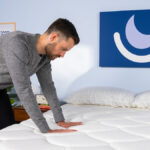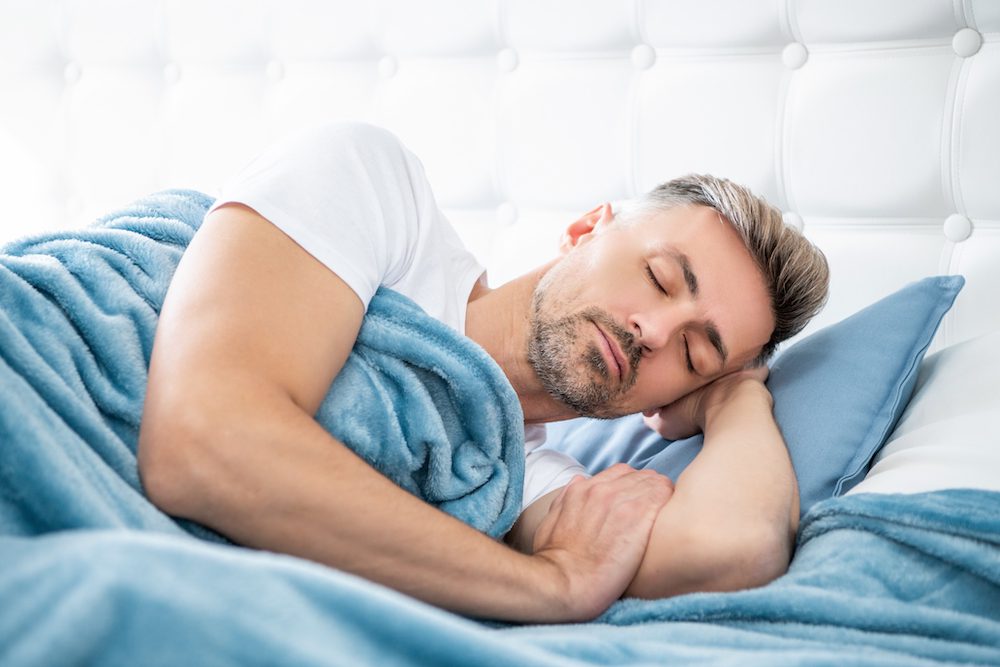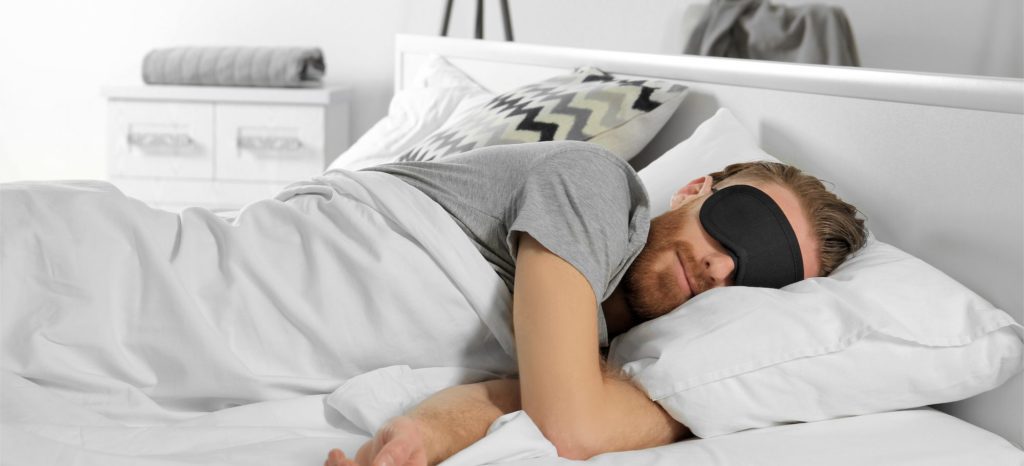If you have ever gotten out of bed and prepared to start your day only to wake up and find that you were dreaming, you are not alone. These experiences are called false awakenings, and they often occur when an individual is in between sleep stages.
Like sleep paralysis and lucid dreaming, false awakenings happen when a person is entering into or waking up from rapid eye movement (REM) sleep. However, each phenomenon feels different to the sleeper and has different characteristics.
We look at what causes false awakenings, how they are similar to other REM-related conditions, and whether false awakenings are a reason for concern.
What Is False Awakening?
False awakening is a state in which a person believes they are waking up and going through their usual routine, only to find that they are having a realistic dream. In a false awakening, the sleeping individual experiences a realistic dream – they may brush their teeth, get dressed, eat breakfast, or another familiar activity in their dream. Experts believe this may happen when the lines between REM sleep and waking up become blurred.
There are two types of sleep: non-REM, which consists of three stages, and REM. People cycle through all four stages of sleep multiple times throughout the night.
The majority of REM sleep happens closer to the morning. Most dreaming takes place during REM sleep, when electrical activity in the brain is similar to waking activity. Although a person in REM may twitch or breathe heavily, they cannot move certain muscles voluntarily.
False Awakening Vs. Sleep Paralysis
Sleep paralysis is a condition in which a person wakes up and is unable to move for seconds or minutes. They seem to be fully awake and aware of what is happening around them, but cannot move their limbs or sit up. They may hear or see things that are not really there, feel anxious, or sense that someone is in the room with them when they are alone.
Sleep paralysis is more common among people who are sleep deprived, or who maintain irregular sleep schedules. It is also associated with trauma, stress, and some mental health conditions.
There are many similarities between sleep paralysis and false awakening. Both experiences can seem realistic and may cause anxiety. Studies show that both take place in between waking and REM sleep. However, people who experience false awakenings have the feeling that they can move about freely in their dream. Sleep paralysis leaves the individual unable to move, although they are awake.
False Awakening Vs. Lucid Dreaming
Like false awakenings, lucid dreaming takes place in between REM sleep and wakefulness. Lucid dreams occur when a sleeping person is aware they are dreaming. Around 55% of adults have at least one lucid dream in their lifetimes.
During a lucid dream, the individual does not feel that they are paralyzed, even though they are in REM sleep and cannot move. Lucid dreamers are sometimes able to control aspects of their dreams. Unlike in a false awakening, they understand that they are having a dream and may be capable of choosing to wake up.
At times, a false awakening can turn into a lucid dream. This may happen if the dreamer notices details of their surroundings that are altered or do not exist in real life. At this point, they may wake up, or they may realize that they are asleep and dreaming.
Why Do I Dream About Waking Up?
While not a great deal of research has been conducted in this area, some experts believe that false awakenings are caused by hyperarousal during REM sleep. Hyperarousal is a state in which physical and mental processes are more active than usual. During hyperarousal, the heart rate and body temperature may rise, metabolism increases, and the body may produce more stress hormones.
Hyperarousal is closely linked to sleep paralysis and insomnia, especially short-term insomnia. Like sleep paralysis, short-term insomnia often occurs during stressful times or periods of change in a person’s life. While external factors may trigger hyperarousal, the condition may affect some people more strongly due to genetic, environmental, or other reasons.
Scientists are not sure exactly how hyperarousal affects sleep quality. Research suggests that, in a hyperaroused state, the body produces more of the chemicals that promote wakefulness and less sleep-inducing chemicals like melatonin. One study showed that people who got less than six hours of sleep a night had a greater chance of having dreams of waking up. This may be because hyperarousal causes them to wake, or partially wake, more frequently.
What Do False Awakenings Mean?
Even though false awakenings can be disorienting and even distressing, there is no evidence that they contain special dream symbolism or other hidden meanings. Having these dreams may simply mean that your sleep has been disrupted, or that you are experiencing stress or not getting enough sleep.
Are False Awakenings a Cause for Concern?
Although false awakenings are not typically any reason to be concerned, they can sometimes cause anxiety and distress. If you frequently have dreams of waking up, you may want to examine your current sleep habits and identify any stressors in your life. Talk to a doctor if false awakenings or similar experiences are preventing you from getting quality sleep.
Using relaxation techniques and maintaining good sleep hygiene may help you reduce stress and prevent sleep disruptions.
- Write Down Your Worries: Before you go to bed, write down your worries and negative thoughts in a journal. Get your concerns down on paper so they don’t keep you up at night.
- Manage Stress: Try relaxation techniques like yoga, meditation, or guided imagery. Stress is directly related to sleep disruptions and insomnia.
- Maintain a Regular Sleep Schedule: Go to bed and wake up at the same times every day, even on weekends. Sleeping in or staying up late can disrupt your body’s natural cycles.
- Avoid Caffeine, Nicotine, and Alcohol Before Bed: Stimulants like nicotine and caffeine can keep you up at night. Although alcohol might make you feel drowsy at first, it may interrupt sleep.
- Don’t Toss and Turn: If you cannot fall asleep after 30 minutes in bed, get up and do something dull or relaxing until you feel sleepy.
References
Ask the Sleep Doctor
Have questions about sleep? Submit them here! We use your questions to help us decide topics for articles, videos, and newsletters. We try to answer as many questions as possible. You can also send us an email. Please note, we cannot provide specific medical advice, and always recommend you contact your doctor for any medical matters.



